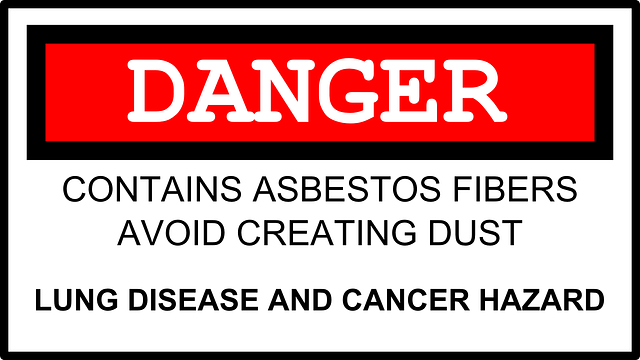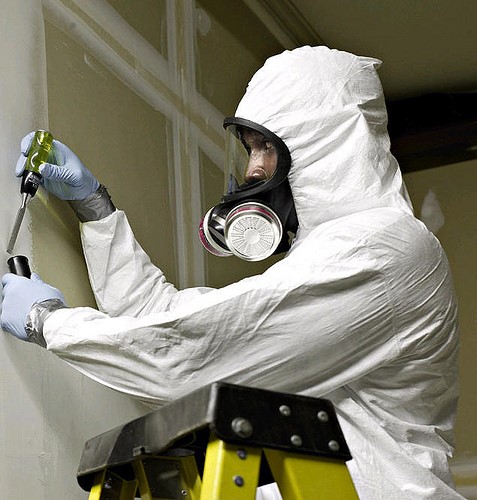A Complete Guide to Dealing with Asbestos
This entry was posted on Jul 27, 2015 by Richard FoulkesWhen it comes to asbestos, how much do you actually know about it? While those working in the trade are likely all too familiar with this hazardous material, home owners and DIYers may not have had to deal with it.
In order to give you the best idea of what to do if and when you come across asbestos, here is everything you need to know:
What Does Asbestos Look Like?
This is a particularly hard thing to generalise, as there are many different types of asbestos that can be found throughout the house. Here is a brief overview of the types of asbestos that can be found and a general overview of what they look like:

The above picture represents the various forms of asbestos before they are transformed into a wide variety of applications. Once they are being used for the intended purpose they will take on a different appearance, knowing asbestos by sight can be tricky – these are the things you should look for:
Asbestos Insulating Board – these boards are found in ceilings, windows and door panels and are hazardous if cut or drilled.
Sprayed Coating – used as fire protection on structural support and is one of the most hazardous forms of asbestos.
Textured Decorative Coating – a texturing coating, like Artex, which is relatively low on asbestos.
Pipe Insulation – asbestos thermal pipe lagging is very dangerous and can be found on pipes throughout the property.
Floor Tiles – vinyl or thermoplastic tiles, these can contain a small about of asbestos.
Asbestos Cement Roof Sheeting – typically used on industrial building roofs and walls
Rainwater Items – some gutters and downpipes used to be made from asbestos cement
For a complete gallery of what asbestos can look like, visit http://www.hse.gov.uk/asbestos/gallery.htm.
When was asbestos banned?
The two most dangerous forms of asbestos – blue and brown – have been banned since 1985, with a prohibition on this material being imported into the UK. White asbestos was banned later in 1999, although it is still approved for a small number of specialised uses. There are now regulations in place that firmly prevent asbestos being used in any building application without special permissions which must be given at least 14 days in advance.
How dangerous is asbestos?

When asbestos is undamaged there is no serious threat, however it is when this material becomes disturbed or damaged that it becomes hazardous. When this happens, asbestos fibres are released into the air which can then be inhaled and cause serious diseases.
Typically you will not see an immediate effect of breathing in these fibres, but once developed and diagnosed it is often too late to cure. This is why you need to be especially careful around asbestos and take extra precautions when dealing with this material.
How to remove asbestos

If you think that you’ve found asbestos in your home then DO NOT attempt to remove this yourself. This can put you and others in the area at serious risk. If the asbestos you have found is undamaged and is not going to be disturbed then it can be left in place – this is common practice for asbestos cement sheet walls or ceilings that are coated in paint.
However, if the asbestos has been disturbed then leave the area immediately and call your local council. There are specialist teams who have been trained to remove asbestos with minimum health risk and this is your safest bet.

